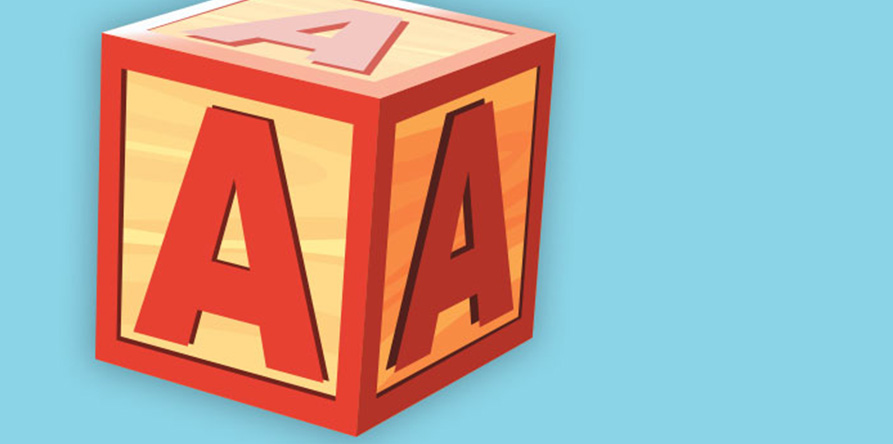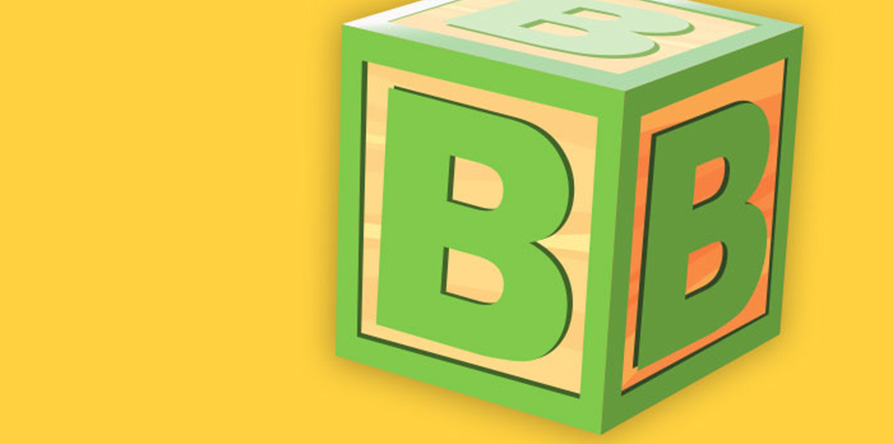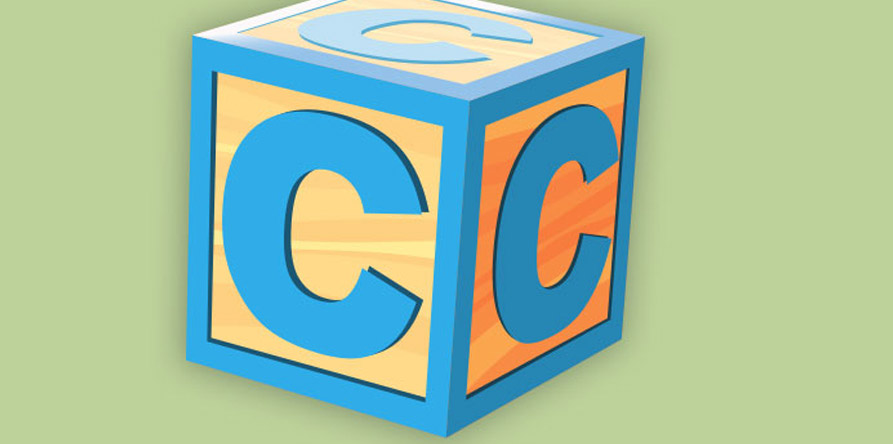
How aunts and uncles can open an RESP for the kids in their lives
You don’t have to have kids of your own to help a deserving one get through college.
Registered Education Savings Plans (RESPs) are typically marketed to new parents. If you start investing when your child is in diapers, the reasoning goes, it’ll be easier to pile up the $50,000 to $100,000 you’ll need to put them through university. While true enough for many, that pitch makes some dated assumptions about modern families.
Indeed, today, two-parent families with children make up the lowest proportion of Canadian households, accounting for just 25% of Canadian homes. Single-person households, however, now make up 29% of households, while couples without children account for 25% of households. That’s a far cry from the early 1970s — the RESP was introduced in 1974 – when two-parent families accounted for 91% of households.
Despite the decline of two-parent households, RESP savings have continued to rise, with Statistics Canada finding that 53% of families had an account in 2019, up from 47% in 2012. While parents are continuing to sock away education savings, they’re not the only ones opening accounts: aunts and uncles who may not have their own children, but care for their nieces and nephews almost as if they were their own, can also open and save regularly in an RESP.
However, many doting relatives – aunts and uncles, grandparents, first cousins – and family friends (anyone can open an RESP for a child who is not their own) may not be familiar with opening an RESP, since these accounts are generally geared toward new parents. So, if you want to contribute to your niece’s or nephew’s post-secondary education savings, here’s how.
Get to know the RESP.
RESPs are a type of investment account that gets preferential tax treatment from the Canada Revenue Agency. Within this type of account, money that is earmarked for education-related expenses can be invested in qualified investments such as mutual funds, exchange-traded funds (ETFs), stocks, bonds or guaranteed investment certificates.
The account grows tax-deferred until any funds are withdrawn to help pay for post-secondary tuition, room and board, textbooks, travel and other related costs. And it’s the student, officially known as the beneficiary, who declares those withdrawals (minus the amount originally invested) as income on their tax return. Because the student will likely be in a low tax bracket, the taxes paid on the earnings and grant withdrawals are typically negligible.
And that’s not all. With its Canada Education Savings Grant (CESG), for every $5 you contribute to an RESP, the federal government will chip in $1, up to $500 per year and a maximum $7,200 over your niece’s or nephew’s lifetime. Additional grants are available to qualifying beneficiaries from the federal and several provincial governments. That will help you hit your savings goal for your loved one much faster.
Fortunately, qualifying for the CESG is easy. The only rules are that the RESP must be opened by December 31 in the year the child turns 15. You must also make a $2,000 contribution before the end of that year, or, alternatively, you must have contributed at least $100 per year over the past four years into an RESP you had previously opened.
Support your loved ones.
If you have money to spare and know a kid who could use a leg up, speak with your financial advisor about opening up an RESP for them. When you do, you become the plan’s subscriber.
You can contribute to the plan as best you’re able, either once, occasionally or regularly, with automatic contributions. To get the full $7,200 in CESG grants, you would have to contribute $2,500 per year for 14 years, although there are ways to play catch-up if you get a late start. The account remains CESG-eligible up until the end of the calendar year the child turns 17.
It’s also possible to open an RESP for a niece or nephew who already has one, since children can be the beneficiary of more than one account. If the child’s parents (or any other subscriber) have opened an RESP already but have been unable to continue contributing to it, you can step into the breach with a new plan, although it can only be an individual plan and not a family plan. (A family plan can only be opened by parents or grandparents; it allows families save for multiple kids in one account, and withdraw funds in any of their children’s names. An individual plan is, as its name suggests, for one child/beneficiary.)
RESP and CESG contribution limits do apply across all accounts in a beneficiary’s name, which means RESP savings cannot exceed a total of $50,000, even if multiple accounts have been opened. CESG grants can’t surpass their maximum either. Available grants in any one year will be doled out on a first-come, first-served basis.
If you know your sibling isn’t contributing to the RESP they opened for their child, you can help out by giving your sibling a cheque, which they would then deposit into the account. You may not have had a say over how your money is invested – your sibling will be managing that part of the account – so make sure you’re satisfied with how they’re handling that.
Obtain parental consent.
To set up an RESP for a child that’s not your own, you’ll have to download an Annex B form from Employment and Social Development Canada and have it signed by the child’s caregivers or legal guardians. It basically indicates that they’re OK with sharing the beneficiary’s personal information to set up the account and apply for the CESG. Applying for additional, means-tested grants may require further information relating to the beneficiary’s family income.
Final words
An RESP set up by a subscriber outside the immediate family works the same way and follows the same rules as one subscribed by the parents themselves. Especially for uncles, aunts and other benefactors without children of their own, it’s a great way to help out a promising student and loved one.


